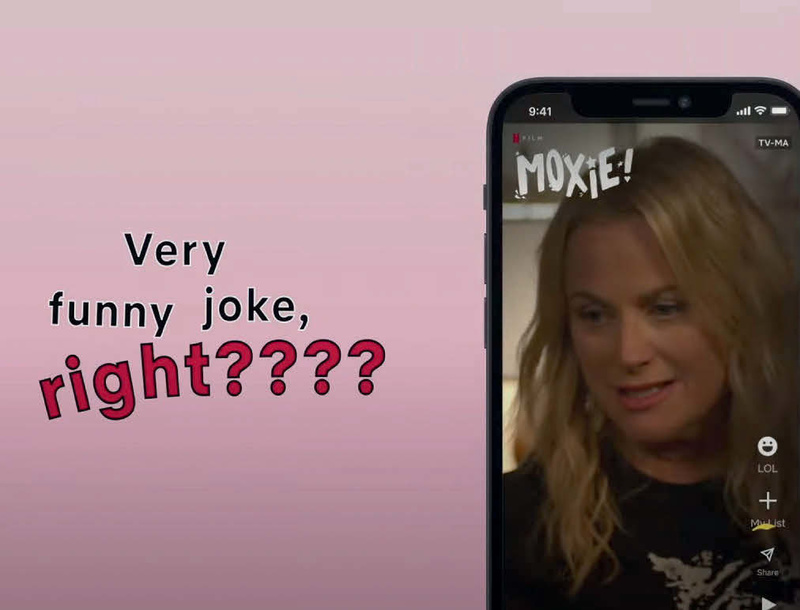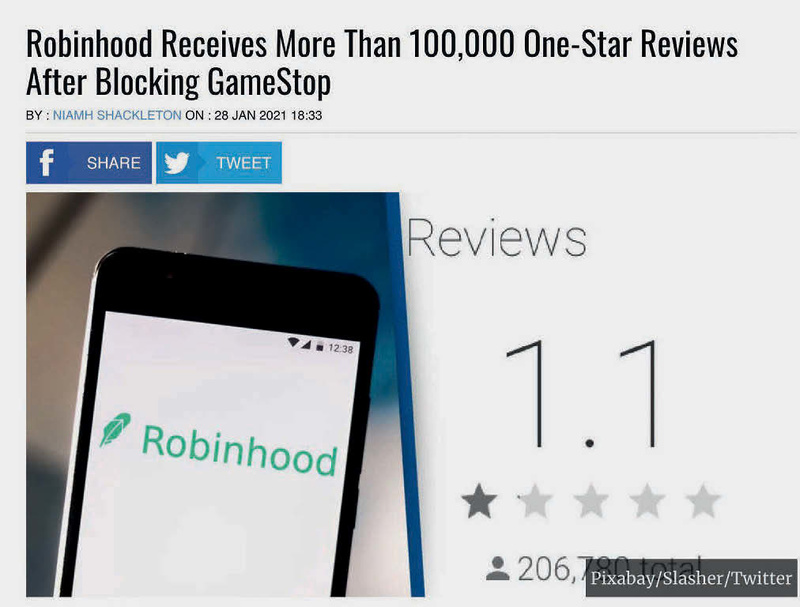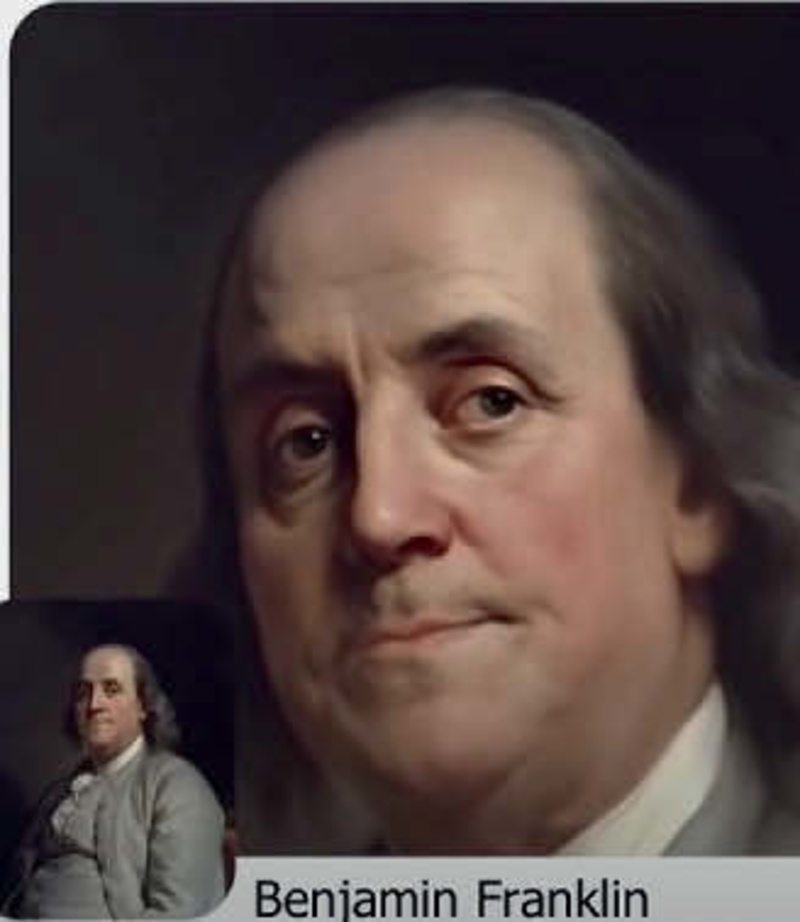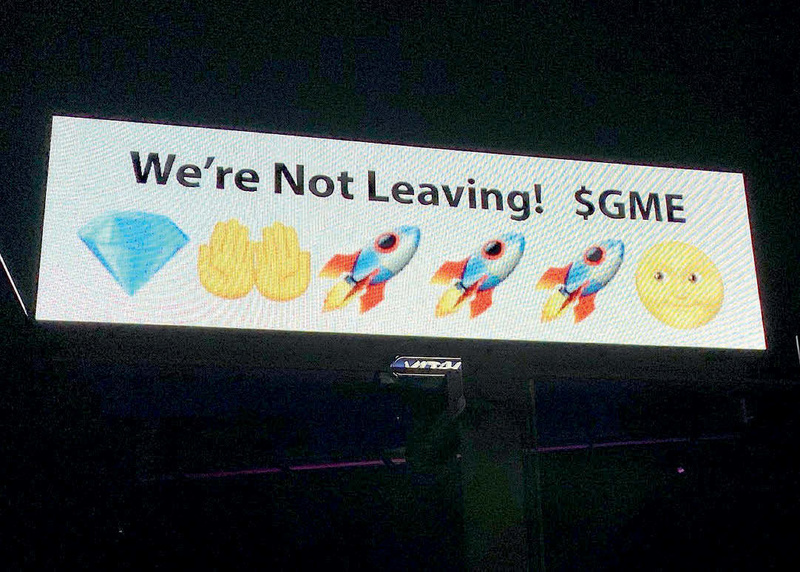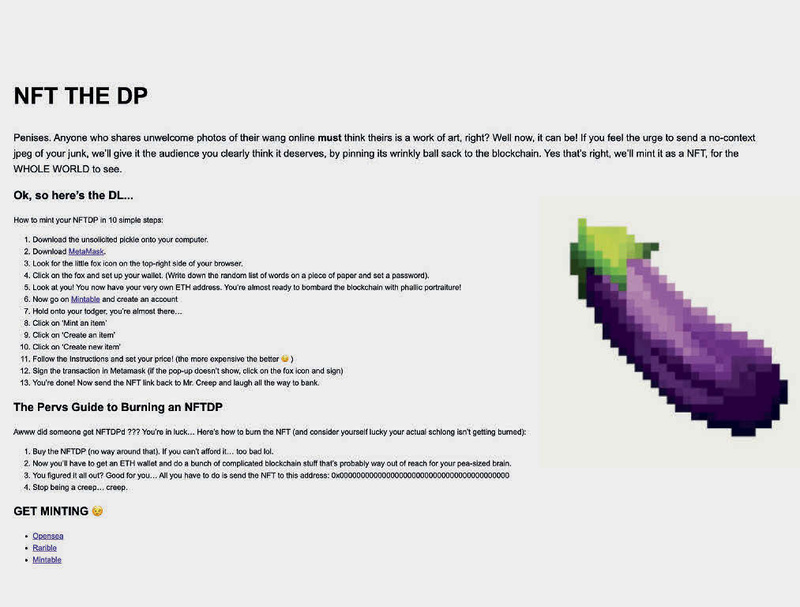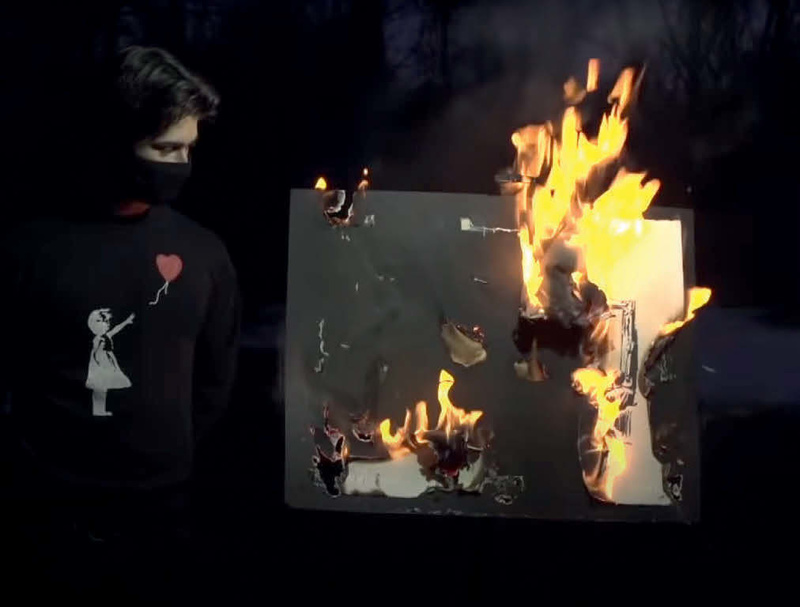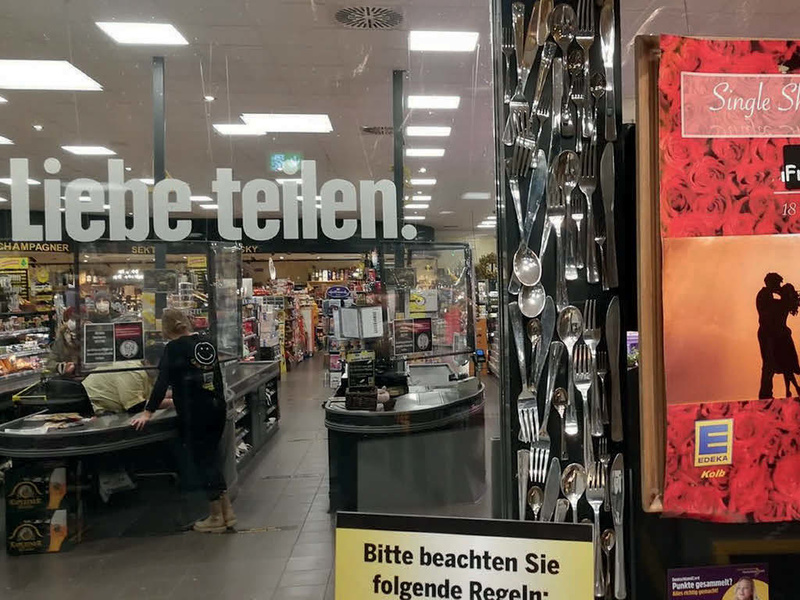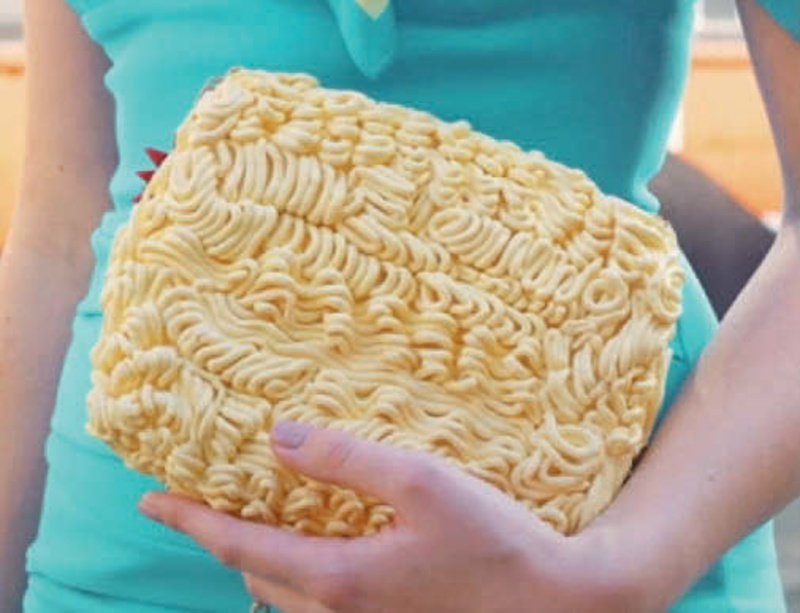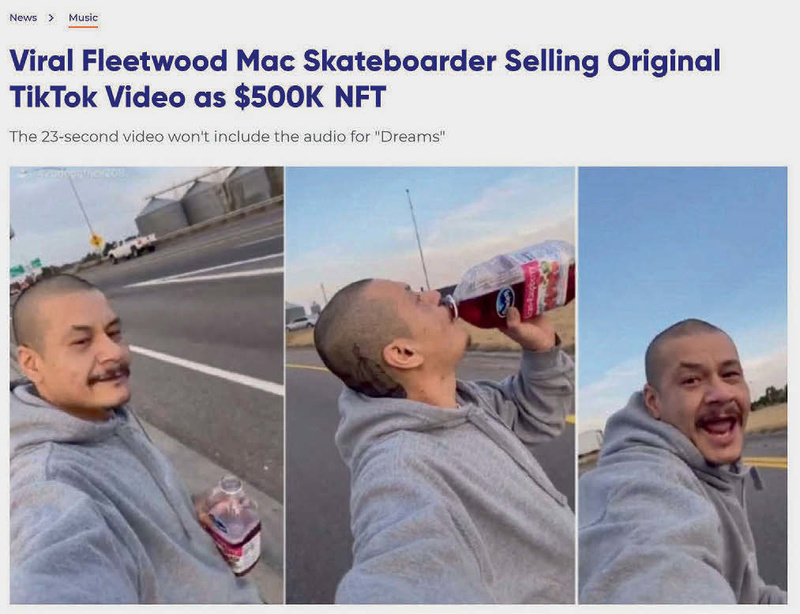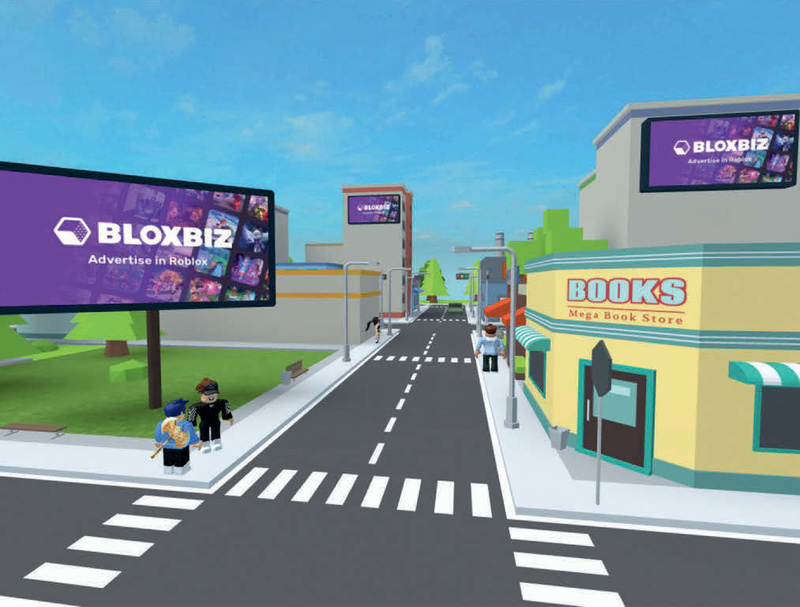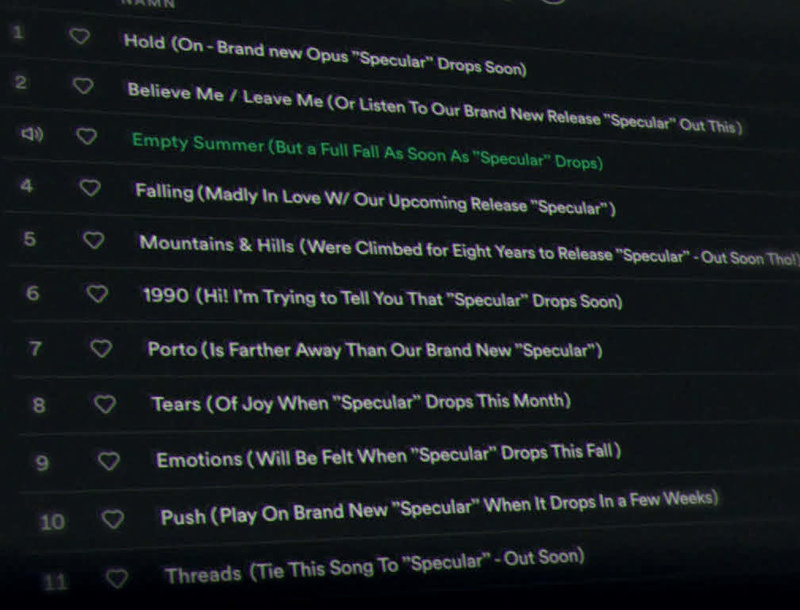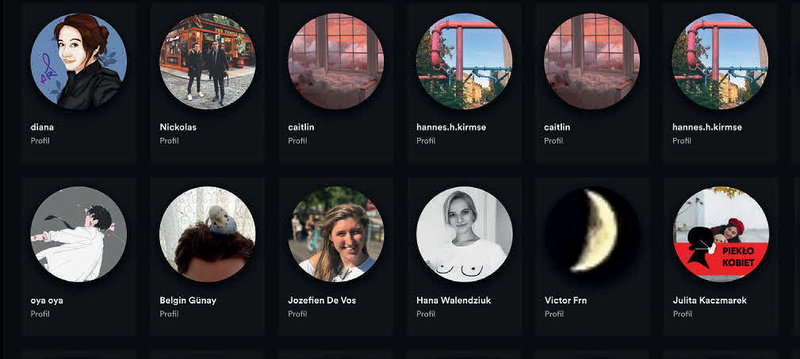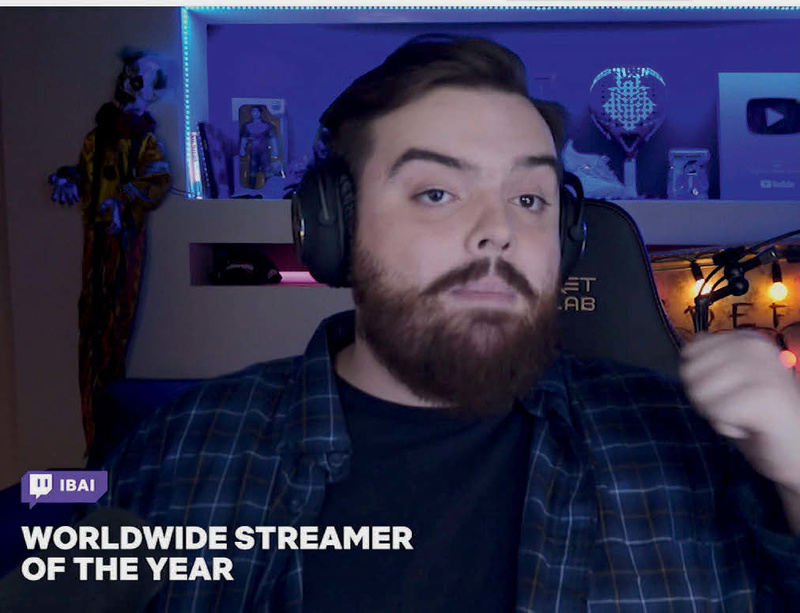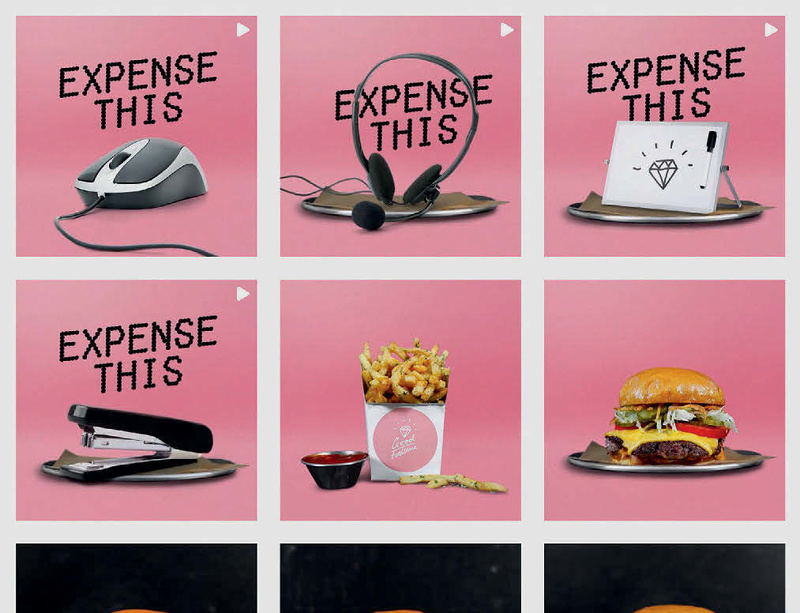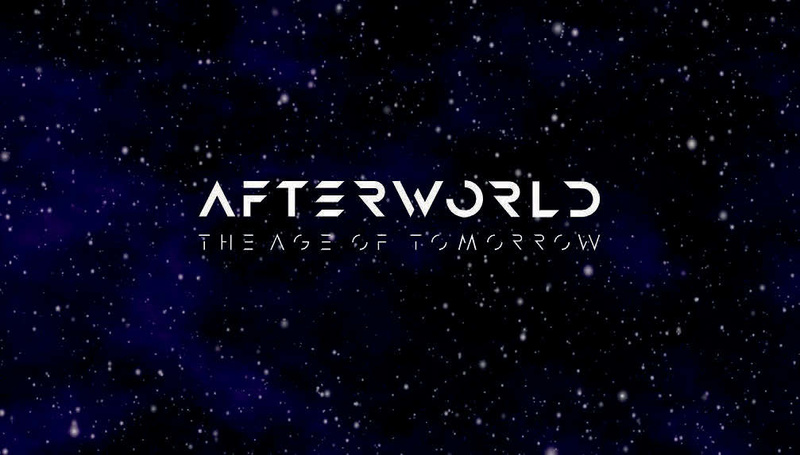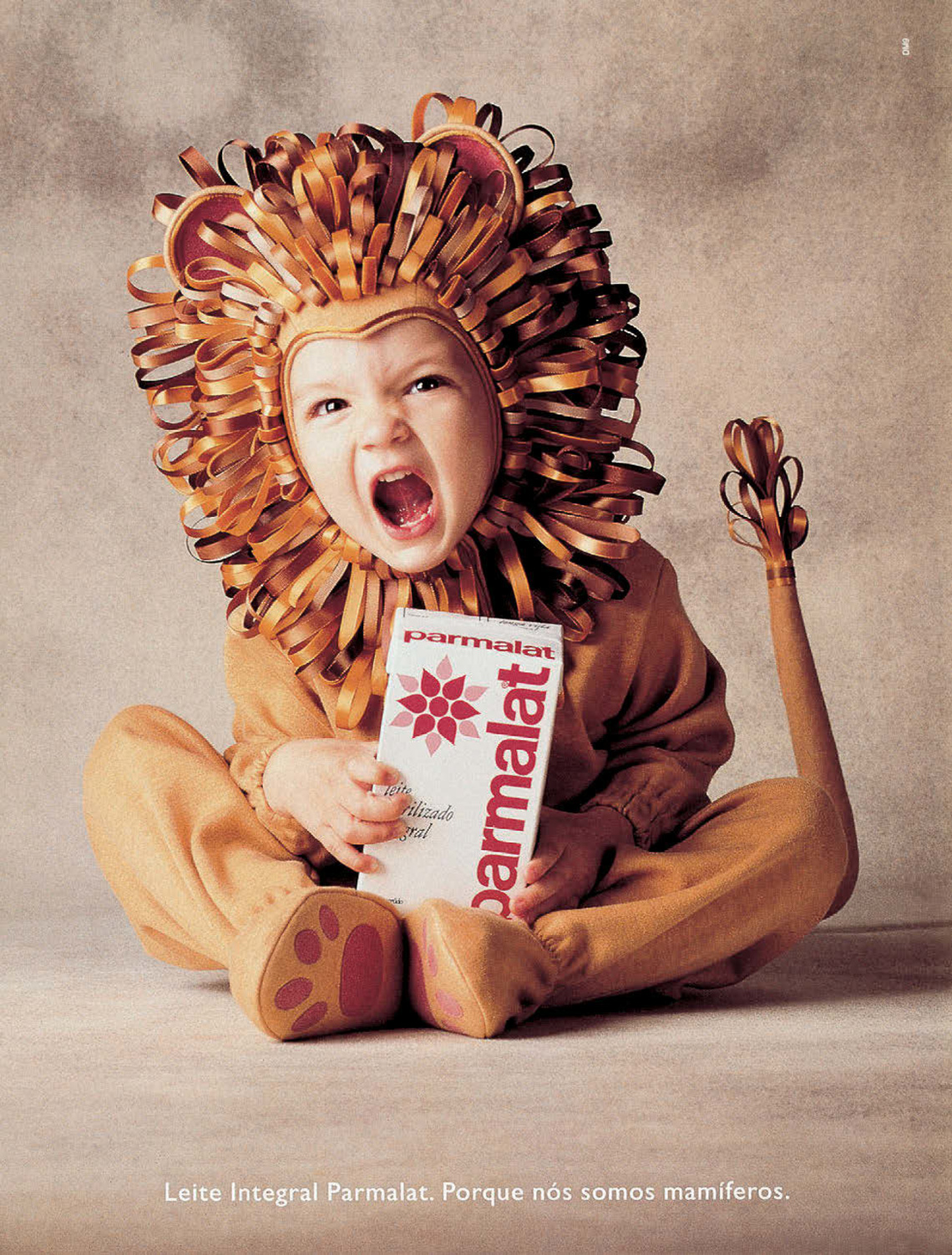Jonathan Knowles is an award-winning advertising photographer and filmmaker whose work, specialising in drinks, liquids, food and still life, has been featured in Lürzer’s Archive many times over the years.
Along with campaigns for Coca-Cola, Guinness and Smirnoff, he was also the creator of the famous O2 bubbles. Heavy metal fans will know his work from the album cover and performance footage for Black Sabbath’s 13. Michael caught up with Jonathan recently to find out more about his impressive career.
Hello Jonathan, your beautiful work has been showcased in Lürzer’s Archive for many years now. You’re an industry leader specialising in drinks, liquids, food and still life. How did it all start and how far back can you trace back your interest in the medium?
It all started when I got my first camera when I was sixteen. I quickly became obsessed and have been ever since. I got an internship the following year with a successful London photographer, Alan Randall, and saw life in a busy studio in the early 80s. We were doing a very broad range of work from fashion through to still life for advertising and editorial clients, so I saw a great variety of what was possible. Having experienced that as a 17-year-old, there was no going back!
Who were your early influences, the ones that encouraged you to work in photography – and particularly still life photography?
When I was eight, I was awestruck by Harold Edgerton’s iconic milk splash image which was on the wall of my school science laboratory. For the next few years I carried that inspiration with me. When I bought my camera, two of the frames on my first roll of film were of splashing milk. Ever since then, I have been fascinated by the ‘unseen forms of nature’ and hidden beauty within liquids and other natural elements, and I have been capturing them ever since.
How did your upbringing and education prepare you for your career?
I was very fortunate that my school had a great darkroom set up that meant I could shoot endless black and white film and process it and print the images myself. Beyond a small amount of assisting, I have otherwise been self-taught. I have learnt by discovering solutions. I think that has given me the confidence that when someone asks for something tricky, there will always be a way to work it out.
Has the advent of digital photography had any effect on your work and your aesthetics?
I have always felt that capturing as much as you can in camera will give the best result. Working on 4x5 or 8x10 film for still life, we used to aim to get as much as we could on a single sheet of film through layering light, multiple exposures and other techniques. Retouching was expensive and difficult. When shooting digitally, we can create an image in several parts and bring them all together relatively easily. In some ways that can make the perception of creating the perfect image easier, and certainly it makes some things possible that weren’t before but in others it can make things more complicated. A lot of decisions that we used to take on the shoot are now pushed down the line into the post-production process, and discipline is needed to make sure that things remain authentic and natural. Changes that are made in post are not always for the best, often because the decision-making process spreads far wider than the photographer and the art director. I am very grateful to have learned my craft on film. A lot of the techniques we used then, we now bring to our moving image projects, where retouching is more involved than it is in stills, so there is a greater need to capture the shot in camera.
What, to you, is a brilliant photo?
That is a very broad question, and obviously depends on the criteria. Within advertising it is an image that evokes emotion and desire to consume the product being sold; to use the service being advertised; to understand and act on a message being communicated. As advertising photographers, we are being paid to use our creativity to facilitate the ‘sales’ process of the organisation for which we are working.
Capturing as much as you can in camera will give the best result.
What were some of the projects that really stand out in your memory of the past 25 years and why?
I have been fortunate to work on a lot of great projects in advertising, branding, music and editorial. There are certain briefs that come in through email (or fax in the past) and you just know they are going to be great as soon as you see them.
In advertising, it’s generally a great idea simply executed. Examples are: Five tomatoes shot from the top for 5-star Heinz Tomato soup; a side view of soup bowls with spoons made out of Baxters soup flavours (tomato, mushroom, onion), a Honda quad bike frozen in a giant ice block, because one started after was found buried the ice; a pile of clean washing up piled up in the shape of a Christmas tree with a bottle of Fairy at the top; a microscopic image of a record groove with a place name attached, and that is what the music plays at that exact point.
In music I had quite a long running collaboration with the Ministry of Sound and worked on a lot of their album sleeves, particularly the Chillout series where we froze decks in blocks of ice and did different things with them. I shot the last Black Sabbath album cover with a huge burning 13, and then got strangled (in a friendly way) by Ozzy at the launch party. I shot a stills ad campaign and my first cinema commercial for the English National Opera for Aida, which was awarded all over the world.
Do you think that advertising has changed a lot since you first started to work for ad agencies?
Obviously the style and trends in advertising have changed. From a process perspective, the ways that agencies work with clients, and consequently, how they work with photographers has also changed. Clients get very much more involved in the creative deliberations than they ever did in the past. This means that we, as photographers, also need to be involved in a greater way in pre-production discussions. When I shot my first ad campaigns in the early 90s, we never had any pre-production meetings, nor had to produce any treatments. I would have meetings with the art director and art buyer, and then we’d agree the budget and go off and do the shoot. Now the timeline is always much longer, with bids, treatments and many more meetings.
How important is the contribution of an art director to you?
Art directors are incredibly important. They are the people whose vision I am to realise through my interpretation and execution of their campaign. When they ask me to shoot for them they are placing a huge amount of trust in me. Some art directors sit back and let me get on with it. Others get very involved. I have been really fortunate to have worked with some of the ‘greats’ over the years. I certainly enjoy the collaborative processes and discussions. Most of the time, two heads are better than one.
How do you recharge your creative battery? What types of culture tend to have their marks of your creative vocabulary…
I try to keep up to date with contemporary culture through all the usual channels. Social media is obviously a part of that, but I still love cinema, magazines and exhibitions of all forms of art and culture, not just photography. I still love science, I have a good collection of photographic books that I like to look at often. I still really love advertising and have a lot of awards annuals, and every issue of Lürzers Archive back to the early 90s.
What is some of the work you’re proudest of ?
I guess the O2 bubbles is still one of my best known projects twenty years on because the bubbles came to define the brand. The graduated blue colour that is still ubiquitous was decided by Gary Holt, then a design director at Lambie-Nairn, and me in my studio. We chose the particular lighting and film stock combination that we were going to use for the project after a couple of days of testing. It is open to debate whether these bubbles became the most valuable images in history because of the multi-billion pound valuation of them as a line item when O2 was sold to Téléfonica in 2006.
Other questions … How do you see the industry changing for photographers? What excites you about the industry?
There is a relentless move towards moving image content, not just for social media. Outdoor posters in big cities all move and more and more media is being consumed on phones and tablets that can also have moving ads. Photographers will have to become filmmakers. Most of our projects have moving image elements, and in most cases are moving image led. We have embraced filmmaking and have our own high speed camera and motion control robot, allowing us to experiment in our own time. The new challenges this brings have been really exciting and learning a whole new set of skills has been enormous fun.
What do you hope to do in the future?
I hope to continue doing largely what we do now; producing high quality still and moving assets for cross-media campaigns for the world’s top brands. Hopefully other opportunities will continue to arise that will take me out of my comfort zone. We are having some interesting discussions on a number of things at the moment. Watch this space.
